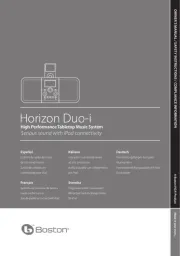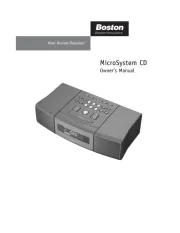Yamaha CRX-330 Manual
Læs gratis den danske manual til Yamaha CRX-330 (260 sider) i kategorien Hjemmebiograf. Denne vejledning er vurderet som hjælpsom af 28 personer og har en gennemsnitlig bedømmelse på 5.0 stjerner ud af 14.5 anmeldelser.
Har du et spørgsmål om Yamaha CRX-330, eller vil du spørge andre brugere om produktet?

Produkt Specifikationer
| Mærke: | Yamaha |
| Kategori: | Hjemmebiograf |
| Model: | CRX-330 |
Har du brug for hjælp?
Hvis du har brug for hjælp til Yamaha CRX-330 stil et spørgsmål nedenfor, og andre brugere vil svare dig
Hjemmebiograf Yamaha Manualer





Hjemmebiograf Manualer
- Sitecom
- Koda
- REVO
- Onkyo
- Mx Onda
- JVC
- Tivoli
- Grundig
- Sony
- Teac
- Kenwood
- Samsung
- KEF
- Pioneer
- Boston Acoustics
Nyeste Hjemmebiograf Manualer









